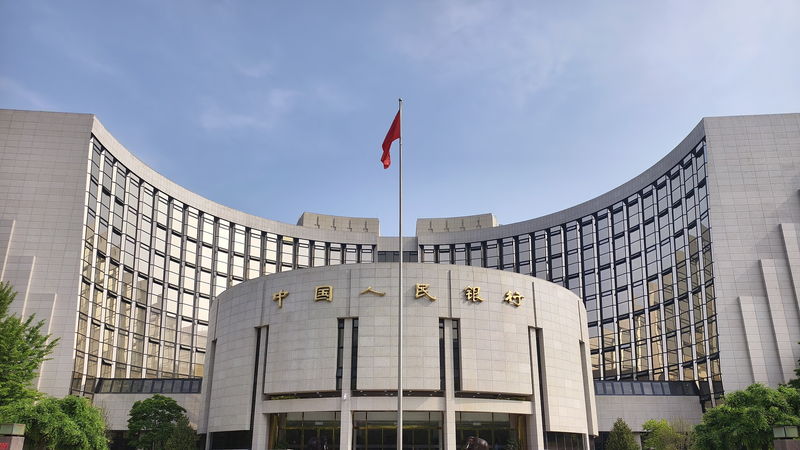On Thursday, the People's Bank of China rolled out the Chinese mainland's first reserve requirement ratio (RRR) cut of 2025, trimming the ratio by 0.5 percentage points. This move frees up roughly 1 trillion yuan ($139 billion) of long-term liquidity, aiming to stoke economic engines and smooth the path to recovery.
For digitally savvy investors and startups across G20 markets, this RRR cut signals a more supportive credit environment. "By lowering the RRR, we expect banks to channel cheaper, longer-term funds into sectors that need it most," says Lian Ping, director and chief economist at Guangkai Chief Industry Research Institute. The hope? A rebound in consumer spending and accelerated structural adjustment across industries.
Gao Ruidong, chief economist at Everbright Securities, adds that this liquidity injection "will help maintain reasonable and ample liquidity in the system, providing a buffer against global headwinds." For young entrepreneurs in tech and green startups, easier access to loans could translate into faster scaling and more innovation.
The RRR cut is part of a broader toolkit from Chinese monetary and financial regulators in recent weeks. Alongside a policy rate reduction and boosted relending facilities, authorities are doubling down on market stability and sustained recovery efforts.
In a targeted boost for auto financing and leasing firms, the reserve ratio for these institutions has been slashed by 5 percentage points to zero percent. This change is set to expand credit supply in the auto sector, potentially driving growth in EV manufacturing and sustainable mobility solutions.
For global citizens tracking emerging markets, the Chinese mainland's latest policy move offers both a case study in proactive economic management and a potential catalyst for cross-border investment. Keep an eye on loan rates and credit flows in the coming weeks, this liquidity wave could reshape opportunities in finance, tech, and beyond.
Reference(s):
China's first RRR cut for financial institutions in 2025 takes effect
cgtn.com




